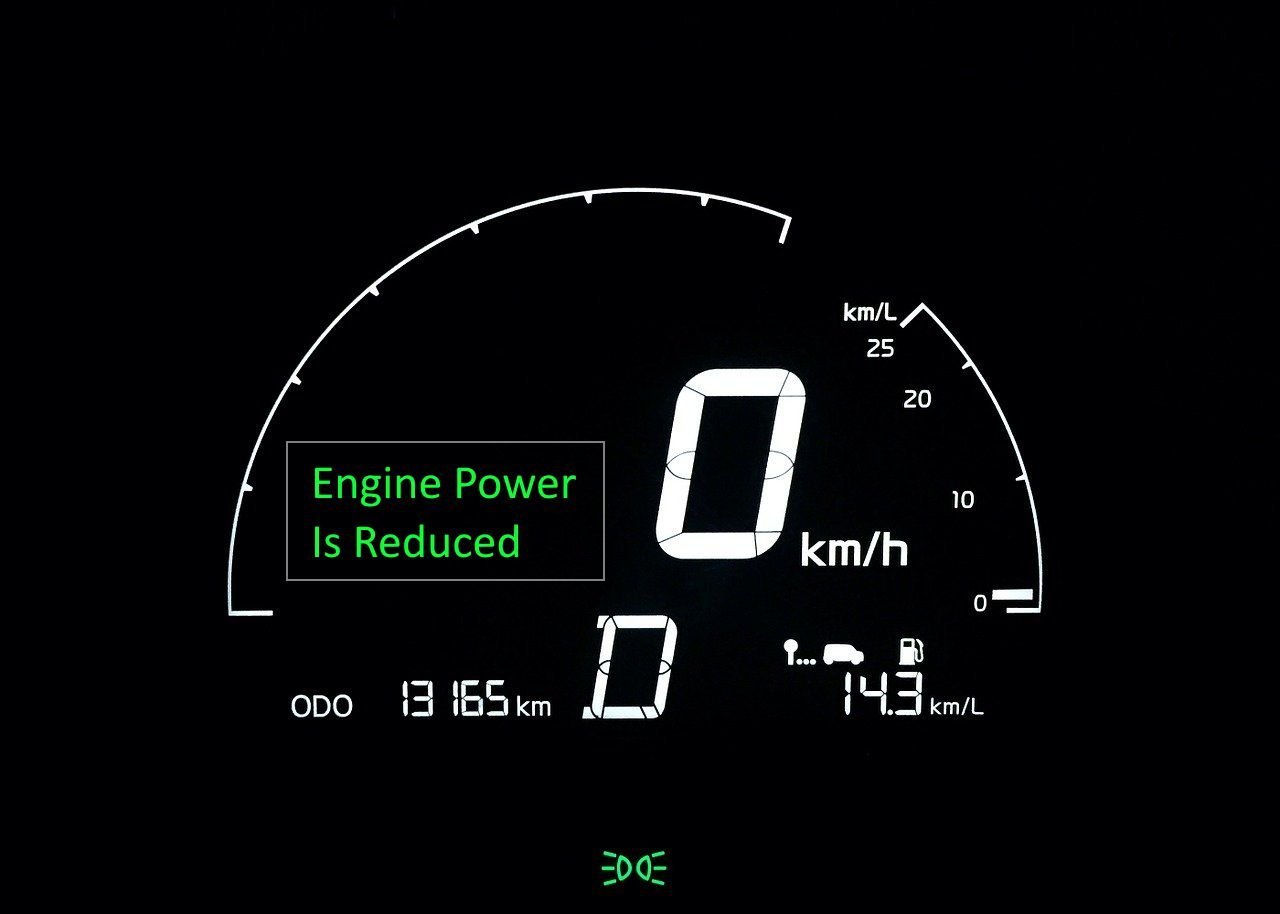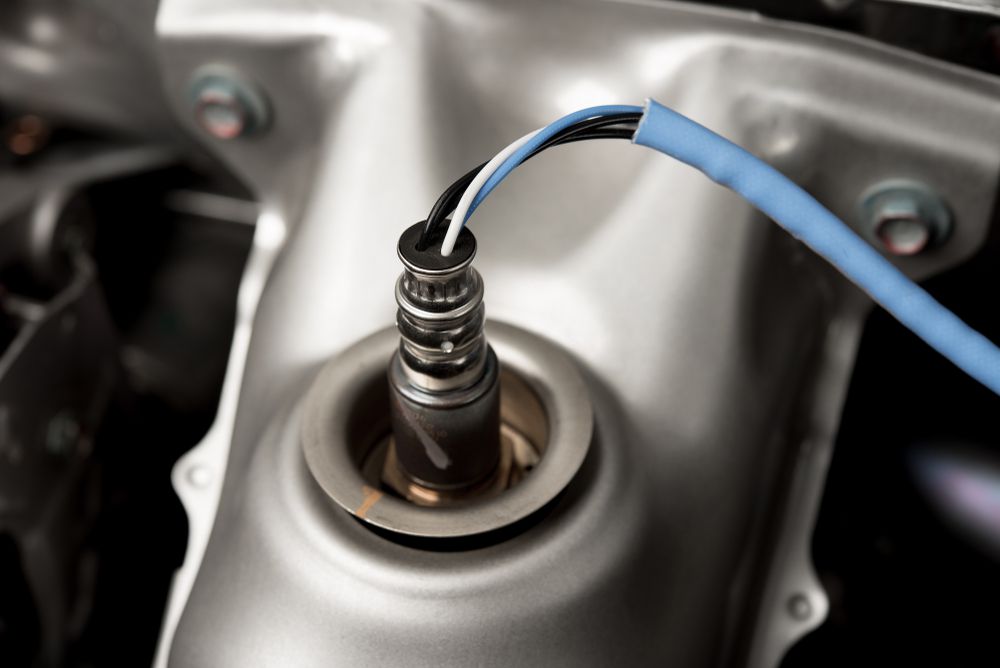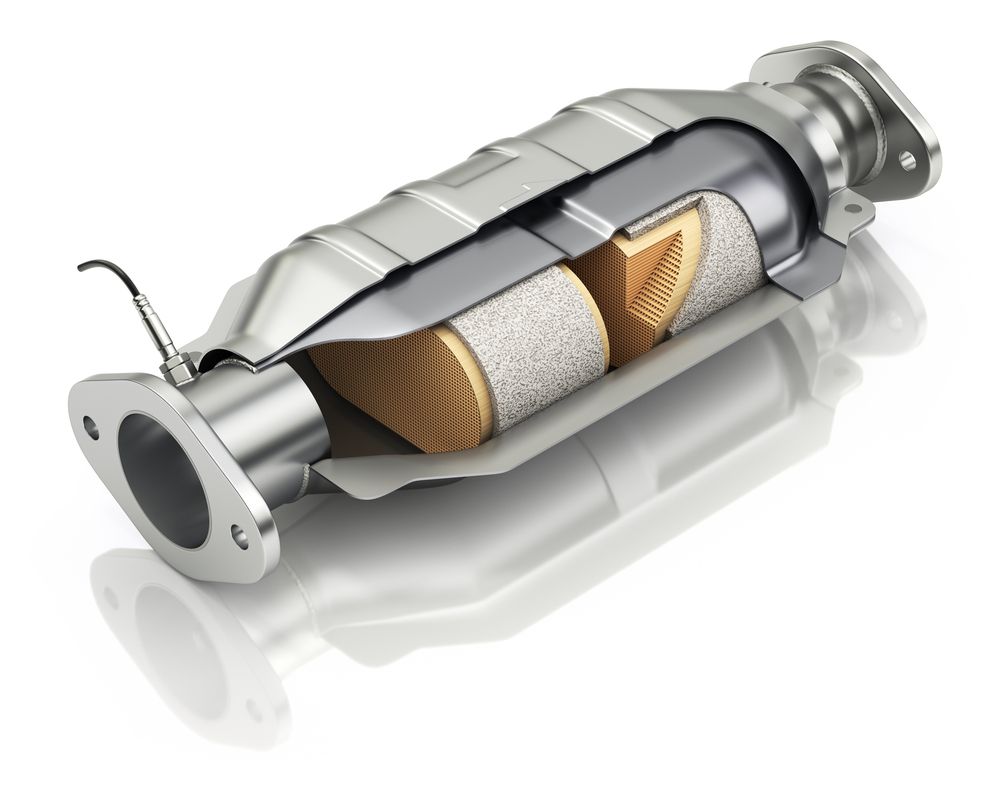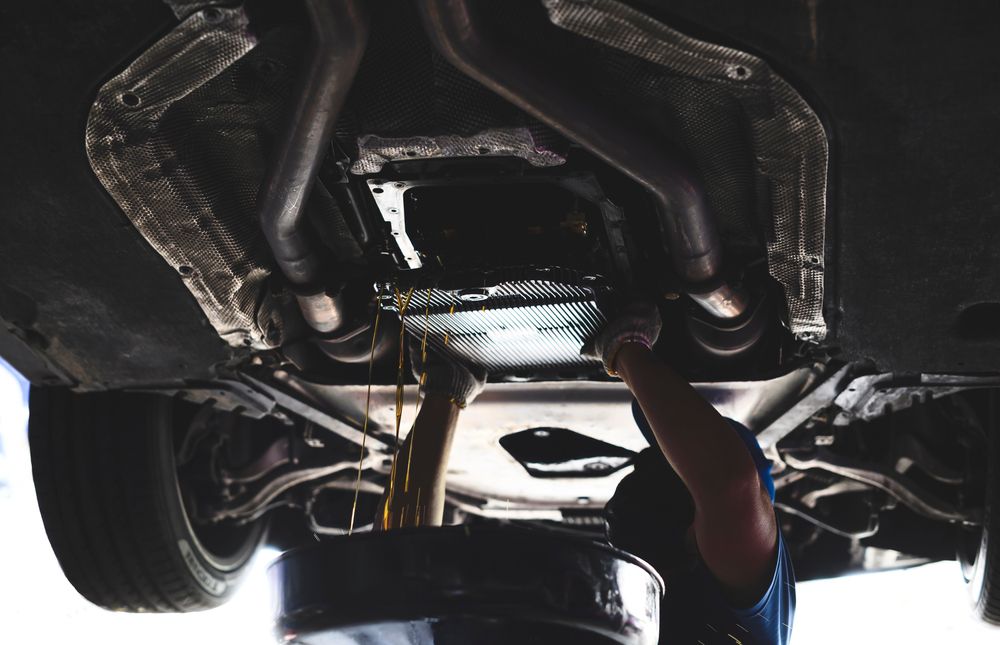
Is your car or truck displaying a "Reduced Engine Power" warning light on its dashboard along with a noticeable lack of power coming from its engine?
No worries! Read below where we'll go over what the "Reduced Engine Power" warning light means, what causes it and how to fix it.
Reduced Engine Power Warning Meaning
The reduced engine power warning light indicates that the vehicle's computer system has
intentionally reduced your vehicle's engine performance due to the vehicle's computer receiving a signal indicating a problem from
one of its sensors.
The reduced engine power mode allows you to safely get your vehicle out of traffic and to a repair shop while minimizing the chances of causing further damage.
Occasionally, the vehicle may be entirely disabled, requiring a tow, so it's important to get your vehicle to a safe spot as soon as possible.
The reduced engine power mode is often called "limp mode."
 The Reduced Engine Power Warning Light On Instrument Cluster
The Reduced Engine Power Warning Light On Instrument Cluster
What Causes A Reduced Engine Power Warning Light?
There are many reasons why your reduced engine power light came on, and we will go over some of them in this article.
This list is by no means exhaustive, and you should take your vehicle to a qualified professional as soon as possible
if you are unqualified to diagnose the problem.
Further down the article, we go over some standard OBD2 codes and their meaning.
1. Loose Connection
Modern vehicles are controlled by computer modules that retrieve information from
sensors throughout the car.
Wires connect the sensors and computer modules.
A loose connection prevents the computer and sensors from communicating correctly.
A damaged wire can cause a short that will trigger the engine to reduce power mode.
Poor connections and improperly secured ground wires will also cause the engine to throw a code.
Wiring problems can be extremely time-consuming to find.
A proper system scan with an OBD2 sensor can point you in the right direction.
2. Defective Oxygen Sensor
 Oxygen Sensor On Modern Car
Oxygen Sensor On Modern Car
The engine's oxygen sensor measures how much oxygen flows through the vehicle's exhaust system.
It helps the vehicle's computer adjust the intake air-fuel mixture to maximize the engine's efficiency.
A malfunctioning oxygen sensor will send inaccurate information back to the computer, causing your vehicle to run
improperly and leading to a reduced engine power warning light.
3. Malfunctioning Computer System
The computer system is the backbone of a modern vehicle.
It consists of various modules and sensors that send them data working together to keep the vehicle operating as
efficiently as possible.
It all happens in real-time with thousands of data points per second.
A failing component in the computer system can lead to countless issues. Any of which can trigger the engine power
reduced mode.
4. Failing Mass Air Flow Sensor
A bad mass air flow sensor measures the pressure and density of the air that enters the engine.
This data aids the computer in maintaining the proper air-fuel mixture.
5. Clogged Catalytic Converter
 Catalytic Converter Cutaway
Catalytic Converter Cutaway
The catalytic converter is part of the vehicle's exhaust system.
The catalytic converter converts toxic exhaust gasses into somewhat less poisonous gasses.
Over time the catalytic converter can become clogged and stop functioning correctly.
It may prevent the vehicle from passing emissions and trigger a warning light.
6. Transmission Failure
 Removing Transmission Oil Pan
Removing Transmission Oil Pan
Problems with the transmission, such as a low fluid level or a clogged transmission oil filter, can put the vehicle
in reduced engine power mode.
It is to minimize severe transmission damage if the transmission starves of oil at full speed.
7. Idle Relearn Procedure Needed
Vehicles such as the GMC Yukon and Chevy Malibu may have to go through an engine relearn process when maintenance
such as cleaning or replacing the throttle body has been performed.
If an idle relearn process is not performed, the vehicle may enter reduced engine power mode.
8. Cooling System Issues
 Engine Overheating With The Hood Up
Engine Overheating With The Hood Up
If a vehicle's engine starts to overheat, the car may enter reduced engine power mode to prevent the engine from
revving too high and further exacerbating the problem.
9. Failed Pedal Position Sensor
The foot pedal uses sensors to measure its relative position.
The vehicle's computer uses this data to calculate the desired throttle response from the vehicle's engine.
A failed pedal position sensor will put the vehicle into reduced engine mode.
10. Faulty Spark Plugs
 Spoiled Spark Plug
Spoiled Spark Plug
Faulty spark plugs can trigger reduced engine power mode.
Spark plugs are a critical part of your vehicle's ignition system, and if one or more is not working correctly, it
could put your car in reduced power mode.
Can needing an oil change cause reduced engine power?
It is improbable that needing an oil change is the cause of a reduced engine power warning.
How To Fix Reduced Engine Power
The best place to start first is to do a diagnostic test with an OBD2 scanner. The OBD2 tool pulls the trouble codes from your vehicle's system and displays them on its screen.
OBD2 scanners can can save you time and money from "throwing parts" at the problem in hopes
of fixing it. A basic one is inexpensive and can give you an excellent hint as to what is causing the warning light.
Amazon has a multitude of OBD2 scanners at affordable prices like this one here (paid link).
1. Clean Parts
A dirty parts like gummed up throttle body, carbon covered spark plugs, corroded conections or clogged air filters can cause the Reduced Engine Power light to come on your dashboard. These examples are quite easy to clean or fix yourself.
For problems like a dirty catalytic converter you will probably need to take your vehicle to a mechanic to get repaired.
2. Replace Faulty Parts
Sometimes parts, like an O2 sensor or a sparkplug, fail and need to be replaced. This is usually quite simple to replace and can be done yourself.
However, a complex repair, like replacing a faulty transmission, will need to performed by a professional mechanic in almost all cases.
3. Reset the Vehicles Computer (ECU)
In some cases, either before or after any other repairs have been made, you can reset the vehicles ECU to get it out of Power Reduced Mode. This can be done with a OBD2 scanner or by disconnecting the vehicles battery to let the ECUs memory clear.
How Much Does It Cost To Fix Engine Power Reduced Mode?
The cost to fix engine power reduced mode can vary greatly depending on the problem. For example, a loose connection
may cost $0, while a lousy transmission can cost over $3000.
Can You Drive With Engine Power Reduced Light?
You can drive with the engine power reduced mode, but it is not ideal and should be kept to a minimum for several
reasons.
First, you could be causing damage, leading to an even more expensive fix in the future.
It could be the case if the engine power reduced mode is triggered by low transmission fluid.
Second, low engine power can be dangerous in situations like driving on a high-speed highway or freeway.
Diagnostic Trouble Codes (DTCs)
Follow your OBD2 tools' instructions to pull the trouble codes from your vehicles. These codes can help you troubleshoot your reduced engine power mode.
The codes below are standardized across the automotive industry by the Society Of Automotive Engineers.
Diagnostic Trouble Codes (DTCs)
| Trouble Code |
Trouble Code Meaning |
| P0120 |
Throttle/Pedal Position Sensor/Switch “A” Circuit |
| P0121 |
Throttle/Pedal Position Sensor/Switch “A” Circuit Range/Performance |
| P0122 |
Throttle/Pedal Position Sensor/Switch “A” Circuit Low |
| P0123 |
Throttle/Pedal Position Sensor/Switch “A” Circuit High |
| P0220 |
Throttle/Pedal Position Sensor/Switch “B” Circuit |
| P0221 |
Throttle/Pedal Position Sensor/Switch “B” Circuit Range/Performance |
| P0222 |
Throttle/Pedal Position Sensor/Switch “B” Circuit Low |
| P0223 |
Throttle/Pedal Position Sensor/Switch “B” Circuit High |
| P0638 |
Throttle Actuator Control Range/Performance |
P0639 |
Throttle Actuator Control Range/Performance |
| P2100 |
Throttle Actuator Control Motor Circuit/Open |
| P2101 |
Throttle Actuator Control Motor Circuit/Open |
| P2105 |
Throttle Actuator Control System - Forced Engine Shutdown |
| P2119 |
Throttle Actuator Control Throttle Body Range/Performance |
| P2120 |
Throttle/Pedal Position Sensor/Switch “D” Circuit |
| P2122 |
Throttle/Pedal Position Sensor/Switch “D” Circuit Low Input |
| P2123 |
Throttle/Pedal Position Sensor/Switch “D” Intermittent |
| P2125 |
Throttle/Pedal Position Sensor/Switch “E” Circuit |
| P2127 |
Throttle/Pedal Position Sensor/Switch “E” Circuit Low Input |
| P2128 |
Throttle/Pedal Position Sensor/Switch “E” Circuit High Input |
| P2135 |
Throttle/Pedal Position Sensor/Switch “A”/”B” Battery Correlation |
| P2138 |
Throttle/Pedal Position Sensor/Switch “D”/”E” Battery Correlation |
| P2176 |
Throttle Actuator Control System - Idle Position Not Learned |
 Checking Trouble Codes On OBD2 Scanner
Checking Trouble Codes On OBD2 Scanner
Conclusion
There is no need to panic when the reduced engine power light comes on. But it is crucial to get your vehicle to a
mechanic as soon as possible.
There are quite a few reasons why the reduced engine power light is showing, ranging from loose wires to a bad
transmission.